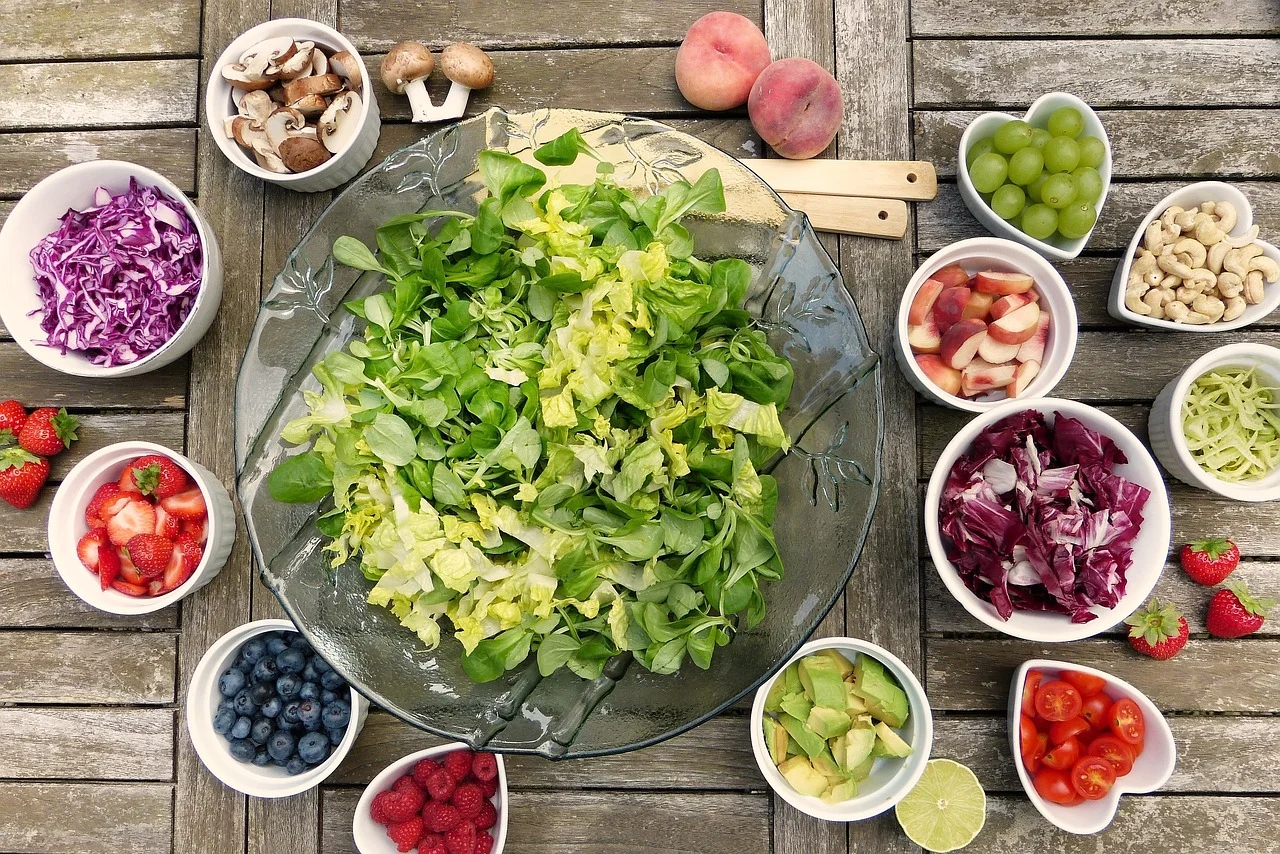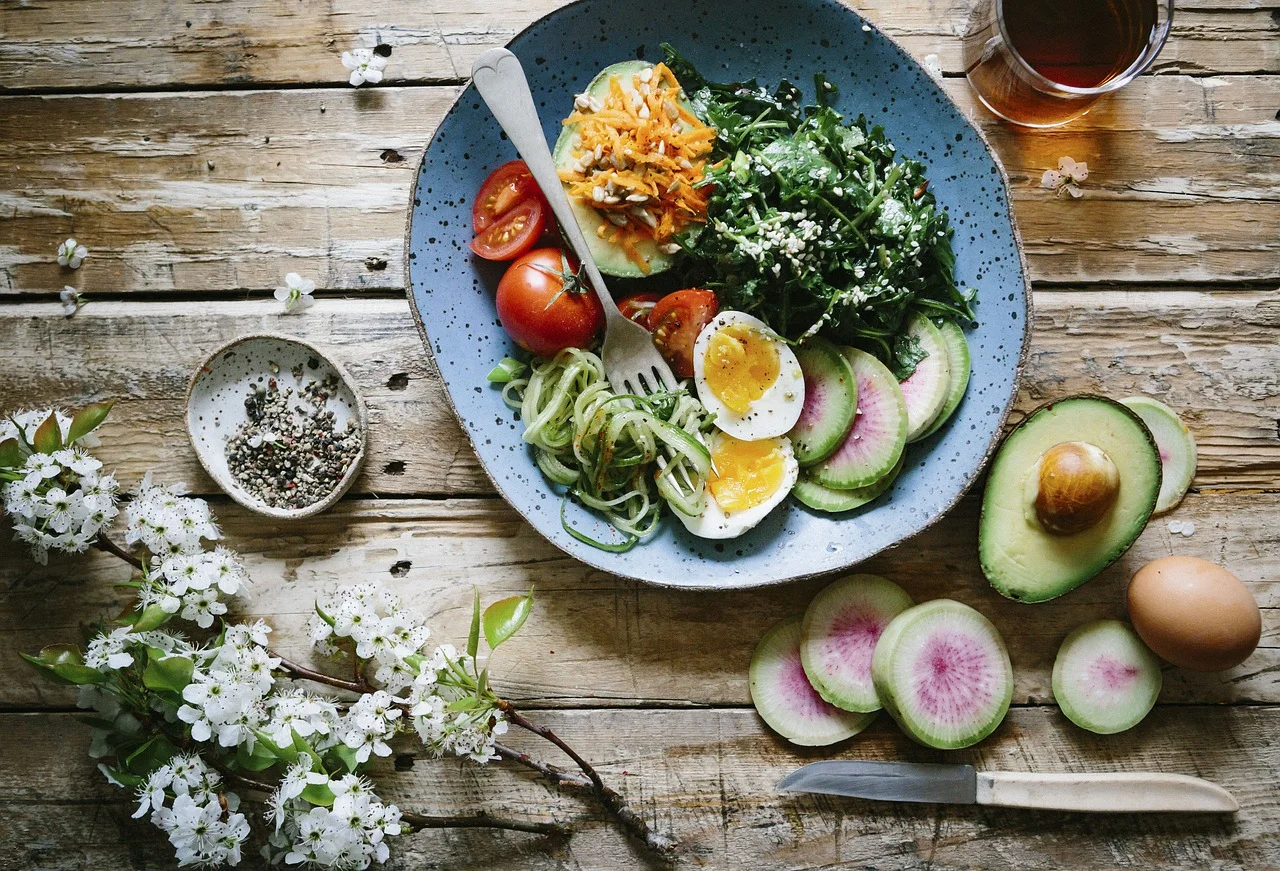The Ketoflex 12/3 Diet (Recipes And Supplements)
How To Do The Ketoflex 12/3 Diet
The Ketoflex 12/3 diet is an integral part of the Bredesen Protocol to reverse Alzheimer's Disease and Dementia.
In this post, we will be discussing the overall goals of the Ketoflex 12/3 Diet, the recommended foods to eat, recipes to try, how to start the diet and get into ketosis, solve cravings, how to fix dysbiosis, and what supplements are needed that are not in the diet.

Goals Of The KetoFlex 12/3 Diet
The ReCODE diet, called "Ketoflex 12/3", consists of being in ketosis, eating high amounts of fiber, eating within a 12 hour window, and stop eating at least 3 hours before bed.
The goals of Ketoflex 12/3 diet are:
Restore proper brain growth and reduce neuroinflammation (inflammation of the brain) by:
We also want to increase insulin sensitivity by:
Fasting for 12 hours throughout the night
Stop eating food 3 hours before bed
As a "flexitarian" diet, a majority of the should have a lot of:
Fiber from uncooked veggies (to restore nitric oxide signaling and blood flow to the brain and body)
Healthy fats
Excrete toxins:
Cruciferous veggies and activating NRF2
Avoid estrogenics (such as BPA) and reducing use of some drugs like Proton Pump Inhibitors (GERD)
It's important to know your genetic phenotype:
ApoE2 - good
ApoE3 - worse
ApoE4 - worst (I fall in this category)
If you are ApoE4, then a smaller portion of your dietary fats will be from saturated fats such as coconut oil, caprylic acid, and palm oil as you transition into the ketoflex diet, then will be a majority of MUFAs such as avocado and PUFAs such as olive oil.
My Experience With KetoFlex 12/3
As a biohacker, I've tried to this diet myself to see how it made me feel.
I've had my own health problems and with biohacking I've been able to resolve a significant portion of them.
So for someone who is already relatively healthy, this diet was able to increase my cognitive performance and overall physical stamina.
I don't believe this diet is just for those with neurocognitive disorders, but could also help those looking to improve their daily lifestyle.
Recommended Foods To Eat

Eating organically is recommended, but not required.
We want to avoid most lectins, including gluten (found in wheat, rye, barley), casein (found in dairy), and nightshades.
Being in "ketoflex" (more discussed below) will already have low amounts of grains and bad types of dairy.
Fats:
Your diet should be a majority of healthy fats (mostly MUFAs and PUFAs, and some SFAs) such as avocados, olive oil, coconut oil, and ghee. This will increase ketone bodies and short chain fatty acids making the body crave fat instead of sugar.
These fats include (not an exclusive list):
Avocados and Avocado Oil
Butter (must be A2 variety)
Fatty cuts of meat
Veggies:
Veggies allowed on the diet (not an exclusive list):
Artichokes
Cilantro
Cruciferous Vegetables - this includes (not exclusive list)
Arugula
Bok Choy
Broccoli
Broccoli Sprouts - A MUST* - significantly improves insulin resistance and toxin exposure
Brussels Sprouts
Cabbages
Cauliflower
Daikon
Horseradish
Kale
Kohlrabi
Radishes
Rutabaga
Turnips
Wasabi
Watercress
Ginger
Jicama
Leafy greens
Leeks
Onions
Resistant Starches (such as sweet potatoes, rutabagas, parsnips, and green bananas, which is a fruit)
*My favorite thing is to eat on this diet is Broccoli Sprouts, which activates a transcription factor called NRF2. If you have the third type of Environmental Alzheimer's, then you may need to take the product DIM or else cruciferous vegetables may make you feel worse. Read why this happens here.
Fruits:
Full fruits are better than juice, as they have fiber. Low glycemic fruits are better than higher glycemic ones.
Fruits (not exclusive list):
Blueberries
Cherries
Grapefruit
Lemons
Other Plants and Fungi:
All Herbs (including dandelion and ginger)
Mushrooms - best to include Lion's Mane, Reishi, and Cordyceps (other mushrooms are also fine)
Seaweed
Protein:
As a flexitarian diet, this diet is not too high on protein (~30g/meal).
Pasture raised eggs
Pasture raised (and grass fed) meats - use as a condiment, not as the main course
Wild-caught fish (SMASH fish such as salmon, mackerel, anchovies, sardines, and herring)
Drinks:
Alcohol is not recommended on the diet, although red wine (1x/wk) is okay later in the protocol.
Desserts:
Cacao (70% or higher, I use 90% and higher)
Shredded coconut (unsweetened)
Getting Into "KetoFlex"
We want to put ourselves into ketosis.
The fastest way to technically do that is to fast for 2 or 3 days. This is depending on the rate of your metabolism (for me it only takes about 2 days since I have a relatively fast metabolism, but for others it may take longer).
An easy way to fast is simply by drinking water, taking electrolytes (such as salt), and drinking black coffee/unsweetened in the morning/day.
You can also get into ketosis by eating a very low on carbohydrates and a relative amount of protein.
Generally in this diet to get into and stay into ketosis - you want than 30-50 grams of net carbs/day or less (see below on how to calculate this) and no more than 30 grams of protein/meal.
To calculate net carbs per day, take a look at the nutrition facts of what you are eating.
"Total Carbs" - "Fiber" = net carbs
Sugar alcohols do count towards net carbs and not as fiber.
Protein should be listed on most food packaging.
It's paramount to use a ketone meter (blood, not urine) to measure whether you're in ketosis or not. The goal is to be around 0.5-4 mmol/L, which indicates mild ketosis. After you know what the "feeling" of ketosis feels like, then the ketone meter may not be necessary.
Now, if you're afraid fat will make you fat, that has been proven scientifically incorrect. One of the major causes of fat accumulation is inflammation. Fat is an endocrine organ that secretes hormones and talks with other parts of the body including the brain. If the fat on your body is causing too much inflammation, it can cause inflammation of your brain. That's why the saying goes "A larger waistline is inversely correlated with a smaller brain", but that's just an idiom. Being in ketosis will help you lose extra fat weight.
The 12/3 Method

This is simply eating within a 12 hour window and stopping eating 3 hours before bed.
For example, if you wake up at 6am and eat breakfast at 7am, then you must stop eating by 7pm (or earlier) and go to bed after 10pm. It is recommend to go to not stay up late, as this interferes with circadian clocks (worse for those who are ApoE4).
Eating within this 12 hour window is a type of intermittent fasting and you must be consistent with scheduled eating, meaning if your window is 7am/7pm, then it should be 7am/7pm the next day and the next, etc.
Cooking Caveats
A few notes about cooking:
Eating uncooked veggies is better
Overcooking fats (oils and meats especially) increases Advanced Glycation End-products (aka AGEs), which are bad for Inflammatory Alzheimer's Type 1
Solving Cravings And Fallouts
Most cravings will go away once you have adapted to ketosis (may take weeks to months).
To fix some cravings instantly:
Hunger - It's okay in the morning to have a small amount of unsweetened black coffee or unsweetened tea. Be sure to drink lots of water and electrolytes,
Sugar cravings - use chromium picolinate or cinnamon
Insomnia - use magnesium glycinate and melatonin.
Short bursts of exercise - doing just 20 pushups really quickly or repetitive running will increase something called lactate which your body will use as energy instead of depending on sugar. This also increases Irisin and NRF2 helping with neurogenesis in the brain and overall inflammation.
Blood pressure/dizziness problems - use salt (sodium and potassium)
Fixing Dysbiosis With Food
If your gut microbiome is bad and in dysbiosis (such as having Candida), it is important to load up on Probiotics combined with Prebiotic Foods.
Probiotics:
B. lactis (fermented dairy)
B. longum (fermented veggies and dairy)
L. acidophillus (fermented dairy)
L. brevis (sauerkraut and pickles)
L. plantarum (kimchi, sauerkraut and fermented veggies)
Prebiotics include eating a lot of:
Fermented foods
Resistant starches (such as green banana flour)
If you have a bad reaction to the prebiotics you may have SIBO or histamine intolerance, so stay away from lactic acid bacteria (fermented foods) and treat the underlying histamine intolerance, along with biofilm formation.
Information about the nasal microbiome can be found here.
https://mybiohack.com/blog/ketoflex-12-3-diet-bredesen-protocol?fbclid=IwAR3rzX0egddbsQbVybF-1X2PTRplMOA8d9XmRBzOpP0U7_mykICnGDrZ46Q
No comments:
Post a Comment